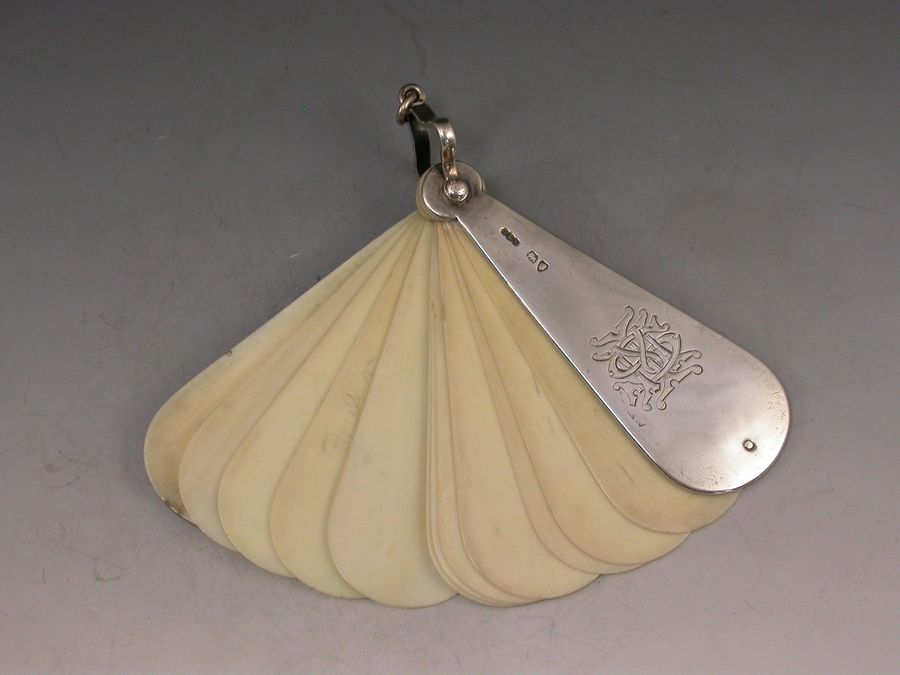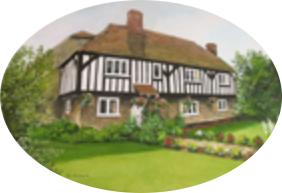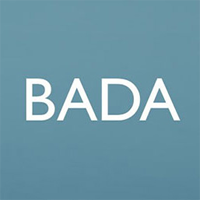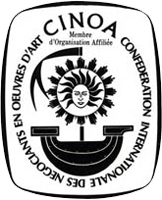Victorian Silver Fan Shape 'Carnet du Bal' or Adie Memoire
Henry William Dee, London 1872
Photo 1 of 11











An unusual Victorian silver mounted Carnet du Bal (dance card) or Adie Memoire, made in the form of a fan with thirteen ivory leaves swiveling on a central pin with stirrup shaped suspension ring, the cover engraved with a contemporary monogram.
By Henry William Dee, London, 1872
Retailed by Ortner & Houle, St James's Street, London.
Sold - £450.00
Condition
In good condition with no damage or repair
Dimensions
H
92 mm
(3.62 inches)
W
27 mm
(1.06 inches)
Weight
33.00 Grams
(1.06 troy ounces)
Country
England
Stock Code
TRS141015D
Medium
Silver
Literature
A dance card or programme du bal (also known by its German-language name, Tanzkarte) is used by a woman to record the names of the gentlemen with whom she intends to dance each successive dance at a formal ball. They appear to have originated in the 18th century, but their use first became widespread in 19th century Vienna, especially at the massive balls during Fasching before Lent.
Dance engagements card for 11 January 1887, showing a list of all the dances for the evening - valse, polka, lancers and quadrille; opposite each dance is a space to record the name of the partner for that dance. After the event the card was probably kept as a souvenir of the evening
An actual dance card is typically a booklet with a decorative cover, listing dance titles, composers, and the person with whom the woman intended to dance. Typically, it would have a cover indicating the sponsoring organization of the ball and a decorative cord by which it could be attached to a lady's wrist or ball gown. From the 19th century until World War I, dance cards for the elite of Austria-Hungary were often very elaborate, with some even incorporating precious metals and jewels.
In modern times the expression ""dance card"" is often used metaphorically, as when someone says ""pencil me into your dance card,"" meaning ""find some time to spend with me"". Conversely, someone's ""dance card is full"" implies that even though they may be interested, they have no time for another person.
U.S. Air Force aircrews in general, and those involved in flight tests in particular, use the term to describe the first card in a ""deck"" of flight or test maneuver cards. The ""dance card"" contains administrative data about the mission, aircraft, and aircrew as well as a list of the maneuvers to be flown. The card serves as a table of contents for the mission and a quick reference for the aircrew's use during the flight.



